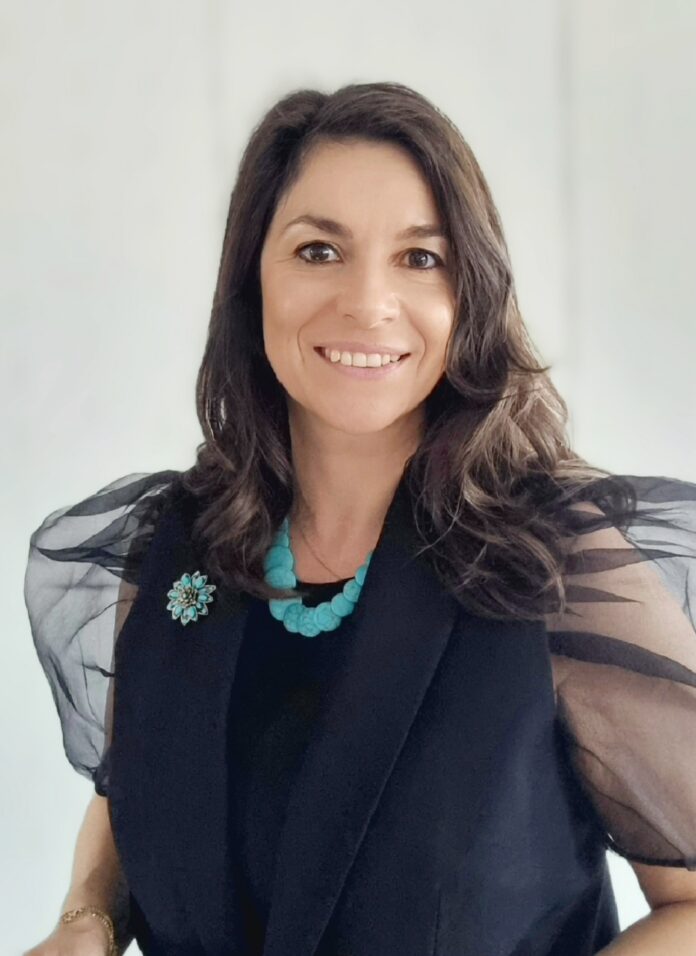Programmes pédagogiques au sein des organisations internationales organisés par l’Alliance Française
Par Beatrice Levorato Barsotti
Dans un monde où les organisations internationales jouent un rôle de plus en plus important, la maîtrise des langues officielles devient un atout crucial. C’est dans ce contexte que le travail de l’Alliance Française pour la promotion de la francophonie, particulièrement dans les domaines juridique et diplomatique, prend tout son sens.
Le cinq fevrier Dr Mayelinne De Lara and Roy Lie Atjam de Diplomat Magazine, ont interviewé Mme. Hélène Pichon Directrice de l’Alliance Francaise de La Haye, Coordinatrice du réseau des Alliances Françaises des Pays-Bas pour le Ministère de l’Europe et des Affaires étrangères et Lucas Levien, Directeur des cours. Levien, impliquée dans le développement de programmes pédagogiques au sein des organisations internationals, a partagé des détails passionnants sur cette mission.

Au cœur de cette initiative se trouve un partenariat avec l’Académie de droit international, située au Palais de la Paix. Grâce à ce partenariat, des cours de français juridique ont été mis en place pour les apprenants, avec le soutien du service juridique de l’ambassade de France et de le Secrétaire général, le Professeur Jean-Marc Thouvenin. Cette collaboration représente un effort conjoint pour renforcer l’usage du français dans des domaines spécialisés comme le droit international.
Les sessions de formation, dirigées par des professeurs de l’Alliance, ont lieu deux fois par an, ciblant non seulement les agents actuels des organisations internationales, mais aussi les futurs agents. Il s’agit donc de préparer les décideurs de demain à la maîtrise d’un français diplomatique et juridique.
Parmi les organisations qui bénéficient de ces cours, on trouve la Cour pénale internationale (CPI) et l’Organisation pour l’interdiction des armes chimiques (OIAC), entre autres.
Lucas Levien souligne que dans de nombreuses cases, il existe une tendance où les organisations investissent elles-mêmes dans l’apprentissage du français pour leur personnel. En parallèle, il mentionne que d’autres donateurs externes, comme la France ou l’Organisation Internationale de la Francophonie, apportent également leur soutien financier à ces initiatives. “Leur contribution vise non seulement à financer la formation linguistique pour le personnel existant, mais aussi à former de futurs employés qui pourraient rejoindre ces organisations. Donc, il y a un effort collaborative entre les organisations et les donateurs externes pour promouvoir l’apprentissage du francais.”
“En fait, outre le soutien de l’ambassade de France, cette initiative reçoit également des fonds de l’Organisation internationale de la Francophonie (OIF), ce qui souligne l’importance de promouvoir la langue française dans des contextes juridiques et diplomatiques. Le programme s’adresse également à des apprenants privés, tels que des diplomates travaillant dans des ambassades, ainsi que des membres d’organisations comme Europol et Eurojust.”
Au fil de la conversation, Lucas Levien a souligné que ces programmes ne se limitent pas aux organisations internationales. L’Alliance enseigne également depuis neuf ans à l’Office Européen des Brevets, situé à Resveig, avec un bâtiment conçu par le célèbre architecte français Jean Nouvel. Cette diversité d’apprenants démontre la portée de l’enseignement du français dans divers domaines, y compris le droit des brevets.
“L’enseignement du français juridique n’est pas un défi facile, mais la persévérance des enseignants et des apprenants a permis de construire une solide base de francophones compétents. Les juges de la CPI, par exemple, bénéficient de cours privés organisés par l’Alliance pour améliorer leur maîtrise du français, avec le soutien de l’OIF. Ces juges, issus de divers pays, ont des emplois du temps chargés, mais leur engagement dans l’apprentissage du français démontre l’importance de cette compétence dans le monde judiciaire international. Actuellement, sept juges suivent des cours privés. Ainsi, l’OIF et l’ambassade de France sont les principaux acteurs du développement de la francophonie parmi eux, en particulier les juges nouvellement élus ainsi que ceux qui ont déjà atteint un certain niveau de compétence en français.”
En fin de compte, cet effort conjoint entre diverses parties prenantes, y compris l’Alliance, l’ambassade de France, et l’OIF, contribue à renforcer la présence de la langue française dans des domaines critiques. L’avenir de la francophonie juridique et diplomatique semble prometteur, grâce à des initiatives comme celle-ci, qui réunissent des acteurs internationaux pour favoriser l’apprentissage et la collaboration.


























